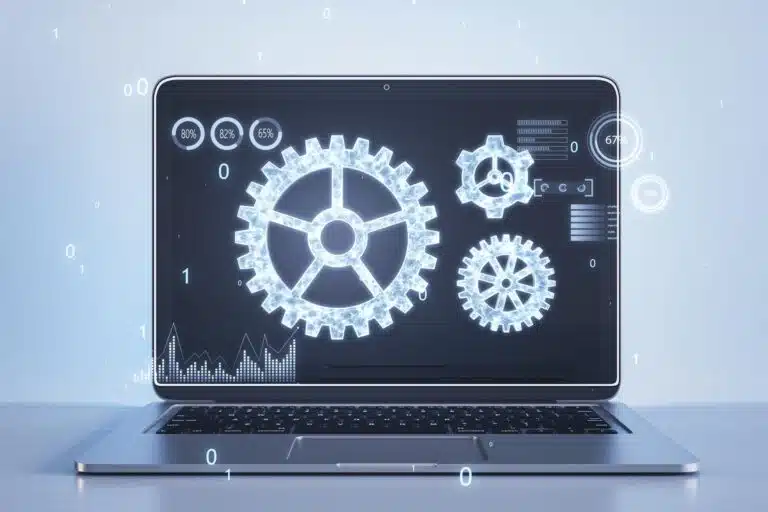5 Simple WordPress Tricks to Thwart Potential Security Threats
Most WordPress sites face security threats without warning—and many owners don’t spot the signs until it’s too late. Your website’s safety depends on simple steps that block hackers before they strike. In this post, you’ll find five straightforward WordPress tricks to boost your site safety and prevent hacking attempts. Keep reading to protect your online presence with practical, easy-to-follow advice from WP Site Doctor. For more insights, check out this guide to WordPress security.
Strengthen Your Login Security
Keeping intruders out starts at the login screen. Here’s how to make it harder for hackers to break in.
Two-Factor Authentication Essentials
Two-Factor Authentication (2FA) adds a second layer of security to your login. It requires you to provide two pieces of evidence before access is granted. First, you’ll enter your password as usual. Then, you’ll need to confirm your identity through a code sent to your phone or email. This extra step drastically cuts down the risk of unauthorized access. Many popular plugins offer 2FA options, making it easy for you to implement.
Adding 2FA is like locking your front door and setting a security alarm. It’s a simple move that can prevent unauthorized access. Most hackers rely on weak passwords to gain entry, but 2FA blocks this common attack method. To get started, you can explore resources like Jetpack’s guide on WordPress security.
Strong Password Strategies
Strong passwords are your first line of defense. They should be at least 12 characters long, combining letters, numbers, and symbols. Avoid using easily guessed words like “password” or “123456.” A password manager can help you generate and store complex passwords.
Think of your password as a shield. The more complex it is, the harder it is for attackers to crack. Regularly changing your passwords also keeps potential threats at bay. This proactive step can make a huge difference in keeping your site safe.
Protect Your Site with Updates
Once your login is secure, it’s crucial to keep your site’s software up-to-date to ward off vulnerabilities.
Importance of Regular Updates
Updates are not just about new features; they patch security holes. WordPress itself, along with plugins and themes, often release updates to fix vulnerabilities. Studies show that 44% of hacking attempts occur because of outdated software.
Regular updates are like routine checkups for your site. They ensure everything runs smoothly and securely. Neglecting updates can leave your site exposed to threats. Make it a habit to check for updates weekly. For more on why updates matter, visit WP Engine’s security tips.
Automating Update Processes
If manually updating sounds tedious, automation is your friend. Many hosting providers offer automatic updates for WordPress core, themes, and plugins. Automating these updates saves time and reduces the risk of missing critical patches.
Think of automated updates as having a maintenance crew on call. They handle updates instantly, ensuring your site remains protected. This approach allows you to focus on other aspects of your business without worrying about security risks.
Limit Access and Permissions
Securing your login and keeping software updated are vital. Next, you need to manage who can access your site and what they can do.
User Role Management Tips
WordPress allows you to assign different roles to users, each with specific permissions. Only grant admin access to those who truly need it. For others, roles like “Editor” or “Author” suffice, giving them the tools they need without compromising site security.
Managing roles is like handing out keys to trusted individuals. Each keyholder has access that matches their responsibilities. This limits potential damage from both internal and external threats. Most people think all users need admin access to work efficiently, but that’s a myth. Learn more about managing user roles effectively in this Reddit discussion.
Secure File Permissions
File permissions control who can read, write, or execute files on your server. Incorrect settings can leave your site vulnerable to attacks. Ensure your permissions are set correctly: directories should typically be set to 755 and files to 644.
Setting permissions is like locking drawers within a secure room. It adds another layer of protection beyond just user roles. Regularly audit your file permissions to ensure they remain secure. This simple step can prevent unauthorized modifications to your site’s core files.
In summary, taking steps to bolster your WordPress security doesn’t have to be complicated. From securing your login to managing updates and permissions, each action builds a stronger defense against potential threats. By following these guidelines, you’ll keep your site safe and focus on what matters most: growing your online presence.
















